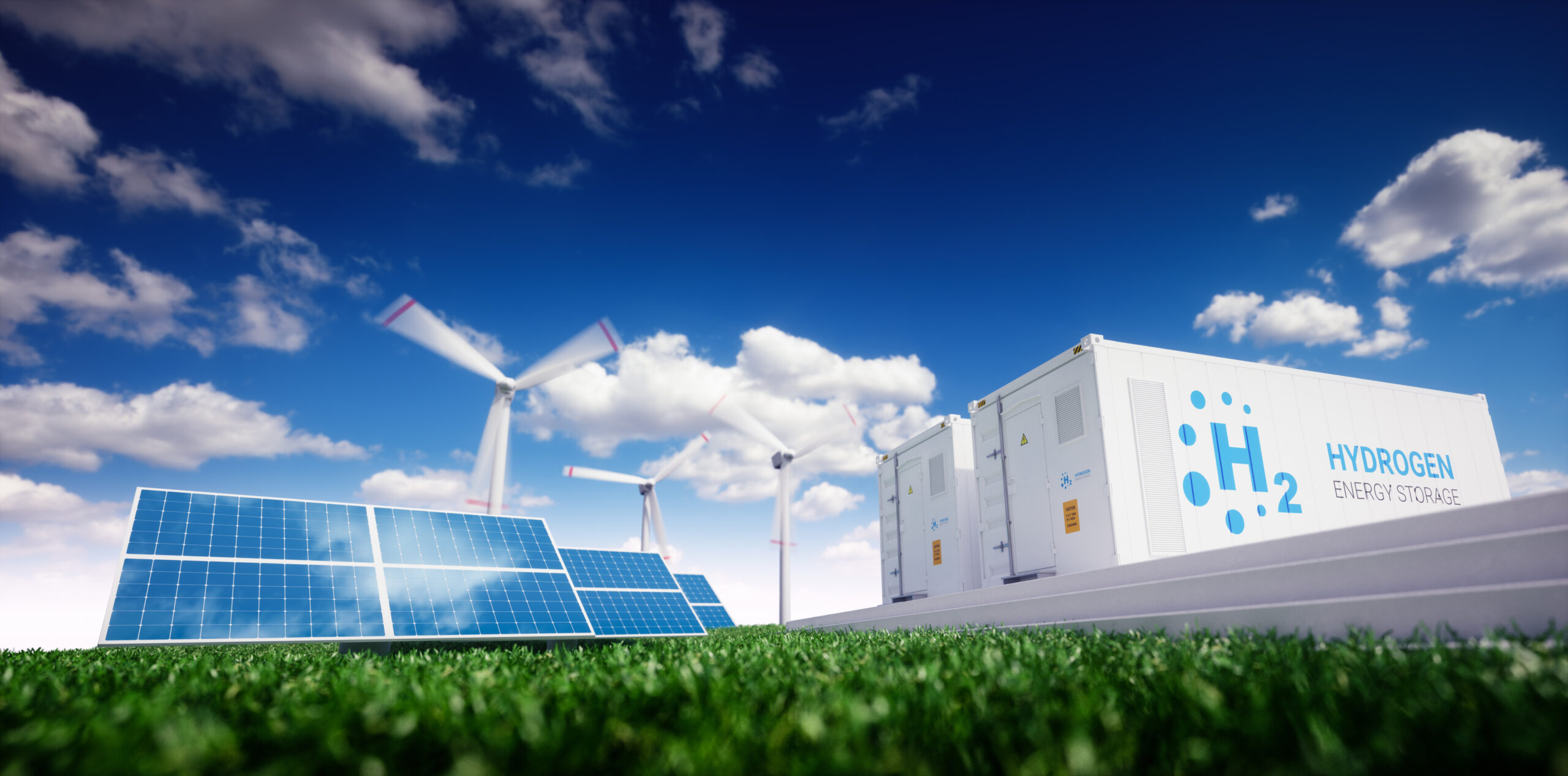
Australia is rich in resources which include sun-drenched lands, access to clean water and a skilled workforce ready to make the energy transition a reality. Consequently, Australia is uniquely positioned for renewable hydrogen production to support the energy transition.
With an estimated global demand for hydrogen energy reaching more than 35 million tonnes by 2040, businesses and investors are currently embracing the ‘Hydro-Boom’ by backing innovative technologies to produce hydrogen. However, to enable efficient use of hydrogen, appropriate hydrogen infrastructure is required for the safe and efficient production, storage, transportation, exportation, and in some cases, re-extraction of hydrogen.
What is hydrogen?
Hydrogen is the simplest, and most abundant element on Earth.
Hydrogen is found in water, hydrocarbons and in other natural biomasses, such as plants and animals, and is considered an ‘energy carrier’ rather than an ‘energy source’.
Hydrogen production
The concept of hydrogen production appears to be a complex candescent rainbow from pink, blue, grey, yellow, through to green. The various colours depict how hydrogen is produced, yet, put simply, there is only fossil fuel hydrogen and renewable hydrogen. Green hydrogen is the only renewable hydrogen produced using zero-emissions.
Hydrogen production is either electrochemical or thermochemical. However, there are also emerging technologies which are also gaining interest within the sector. The three broad categories are described below:
- Electrochemical: Electrolysis is the process of using electricity to split water, H2O, into hydrogen and oxygen via an electrolyser (electric current). Electrolysis creates hydrogen and oxygen, both in gas form. The hydrogen is then able to be stored and transported for use. Oxygen is either benign waste, or also stored for other industrial processes. If the electric current is produced by a renewable source (solar PV or wind turbine), the hydrogen is classified as ‘green’ because it is produced with zero-emissions. Electrolysers can range in size from small applications to large-scale, production facilities.
- Thermochemical: This process requires the reaction of heat and chemicals with hydrocarbons, coal or biomass to first produce syngas (hydrogen gas and carbon monoxide / carbon dioxide gas). The gases are reacted with water (water-gas shift reaction) to increase their molecular concentrations. As carbon dioxide is a by-product, appropriate carbon capture and storage (CCS) is required to facilitate a low emissions pathway. The two main processes of thermochemical production are Steam Methane Reforming (SMR) and Coal Gasification.
- Emerging technologies: Photolytic and Microbial production are new promising technologies for hydrogen production: (a) Photoelctrochemical involves the use of semiconducting photo catalyst or biological processes interacting with light and water to dissociate water molecules into its base gases, oxygen and hydrogen; (b) Photobiological water splitting is the use of microorganisms interacting with light to split water into oxygen and hydrogen; (c) Micobial biomass conversion involves microorganisms breaking down organics matter in the absence of light to produce hydrogen; and (d) Microbial electrolysis which involves protons being produced from microbial breaking down of organic matter fusing with an electric current to produce hydrogen.
Hydrogen infrastructure
The majority of hydrogen production today is created from SMR, without CCS. SMR and Coal Gasification both require large infrastructure assets that must be built at a large enough scale to offset the high capital cost of generating the plant and CCS. However, some industries require an exorbitant amount of energy which traditional renewables can’t meet the demand.
Green hydrogen has the potential to provide energy to power electrolysers with zero-emissions efficiently and on a large scale. To achieve this scale of energy production strategic consideration of existing infrastructure such as the reconfiguration of gas transport / storage infrastructure is required. Domestic gas entities including Jemena, ATCO, Evoenergy and the Australian Gas Infrastructure Group are currently progressing these types of projects on the integration of hydrogen into the gas network.
Current barriers to activate the green hydrogen market stem from a lack of infrastructure to support different applications and / or the cost of hydrogen supply when compared to other energy carriers. One approach to combat these issues of entering a new market is to consider entering a Joint Venture, where Principals and Contractors share the costs and risks and receive the benefits of access to new distribution networks, knowledge and expertise.
The Australian Government is coordinating a National Hydrogen Infrastructure Assessment which will examine the supply chain needs and is expected to be delivered before 2022. This assessment will look at hydrogen supply chain needs such as electricity and gas networks, water supply networks, refuelling stations, roads, rail and ports.
Lamont Project & Construction Lawyers
Lamont Project & Construction Lawyers can assist you strategically plan and deliver effective hydrogen plants, storage facilities and transportation infrastructure to your relevant industry.
If you would like to discuss any matters raised in the above article as it relates to your specific circumstances, please contact Lamont Project & Construction Lawyers.
The contents of this article is for information purposes only; it does not discuss every important topic or matter of law, and it is not to be relied upon as legal advice. Specialist advice should be sought regarding your specific circumstances.
Contact: Peter Lamont or Natalie McNeill
Email: [email protected] or [email protected]
Phone: (07) 3248 8500
Address: Suite 1, Level 1, 349 Coronation Drive, Milton Qld 4064
Postal Address: PO Box 1133, Milton Qld 4064
